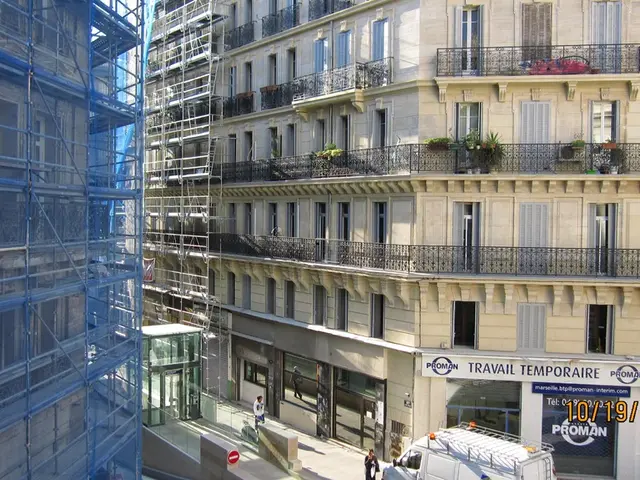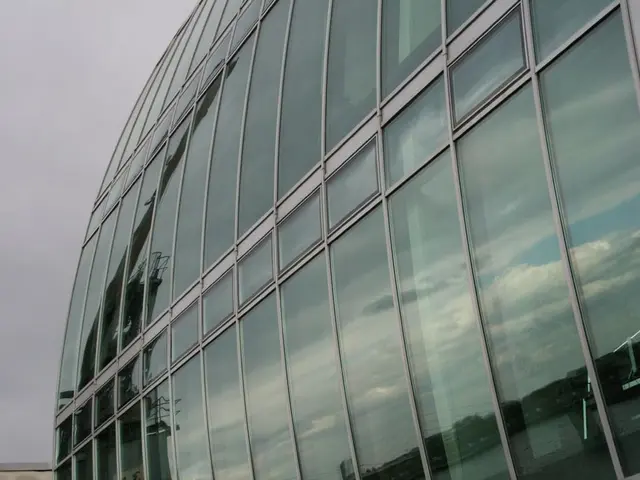Regenerative agriculture receives $78 million in funding increase, aiming to link traditional finance on Wall Street with this innovative sector.
Mad Capital, a company bridging the gap between Wall Street and organic farmers, is gearing up for its latest fund, Fund III. This semi-liquid, evergreen fund targets over $500 million, attracting institutional investors interested in sustainability and independent yield.
The conceptualization of Fund III is underway, with early commitments already secured from esteemed institutions such as The Rockefeller Foundation, Builders Vision, Schmidt Family Foundation, Social Finance, Innovaciones Alumbra, New Mexico Finance Authority, Bedari Collective, and the McConnell Foundation.
Mad Capital's previous fund, Perennial Fund II (PFII), closed at $78.4 million, a significant increase from its initial target of $25 million. The fund saw two upsizes due to "strong investor demand."
Fund III aims to scale into a vehicle exceeding $500 million, a goal that seems achievable given the growing interest in the food system and regenerative agriculture. An uptick in interest since around 2020, driven by a desire for sustainable food production and a focus on the environment, is part of what's fueling the momentum behind Mad Capital's latest fund.
Traditional lending has historically been designed for conventional, large-scale farms. However, Mad Capital provides US farmers with loans to help them transition to regenerative-organic farming practices. This shift not only benefits the environment but also offers investors access to an uncorrelated asset class, as these farming operations might not be able to secure a bank loan.
Mad Capital's focus on regenerative agriculture is attracting more family offices, foundations, and individuals. It's becoming more normal to see investment opportunities in this space, as these investors seek to capture some of the gains achieved over the last decade, with valuations having increased rapidly since 2009.
Investors are rotating into more defensive positions, and one way they are doing this is by getting access to private credit, especially private credit in an uncorrelated asset class like regenerative agriculture. Mad Capital's $0 loss rate as a company thus far adds to the confidence in the types of loans it can originate and the risk-return they're able to produce.
Fund III is designed to be a semi-liquid, evergreen fund, which means it can provide a steady stream of returns to investors while also allowing for the long-term growth of Mad Capital's portfolio. The total assets under management (AUM) of Mad Capital are now $100 million, a testament to the company's ability to continue scaling a high-performing portfolio.
Mad Capital's mission is to build a bridge between Wall Street and organic farmers, providing capital for smaller farming operations that might not be able to secure a bank loan. With Fund III, it aims to help more farms transition to regenerative-organic farming practices, contributing to a more sustainable food system.
Read also:
- Federal petition from CEI seeking federal intervention against state climate disclosure laws, alleging these laws negatively impact interstate commerce and surpass constitutional boundaries.
- Duty on cotton imported into India remains unchanged, as U.S. tariffs escalate to their most severe levels yet
- Steak 'n Shake CEO's supposed poor leadership criticism sparks retaliation from Cracker Barrel, accusing him of self-interest
- President von der Leyen's address at the Fourth Renewable Hydrogen Summit, delivered remotely




